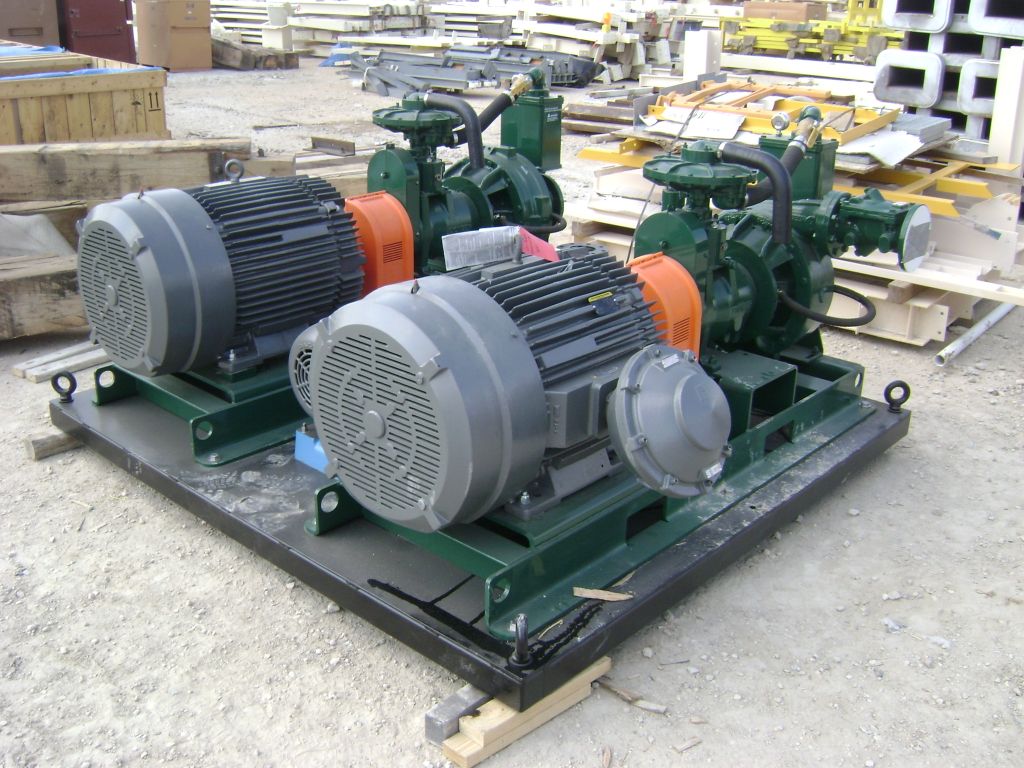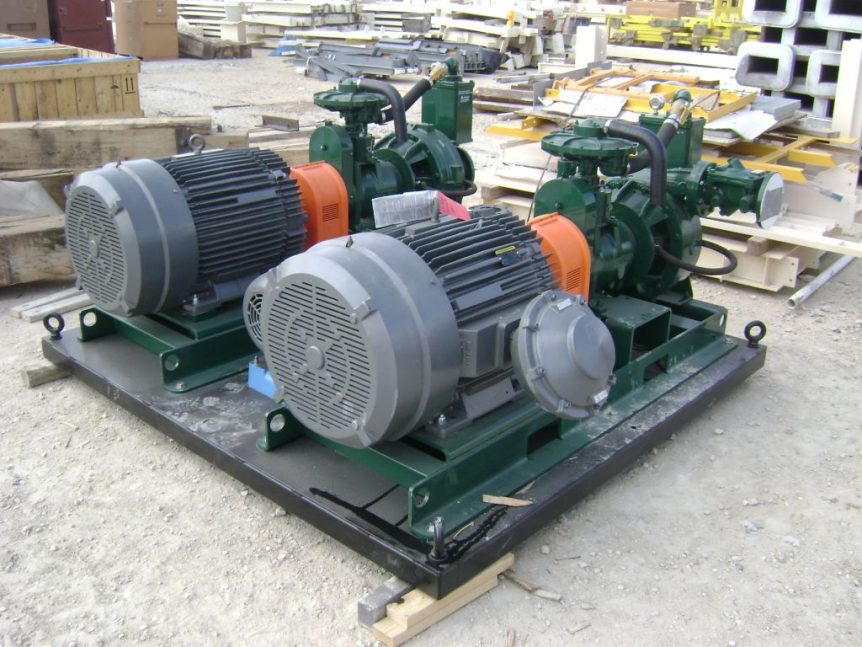
In part six of this industrial stormwater blog series, Romtec Utilities worked with Praxair, Inc. and S & B Engineers and Constructors on another addition to a Valero Refinery, this time in Port Arthur, Texas. This project provides an opportunity to demonstrate how Romtec Utilities can design for precise pumping goals when the criteria for stations are essentially the same but with crucial differences.
Recall last week, Praxair and S & B partnered to install a new hydrogen manufacturing plant for use at Valero Energy Corporation’s St. Charles Refinery. Romtec Utilities engineered a pump station to handle multiple inflow rates with constant low flows, “dumps” of high flows, and varying stormwater events. These requirements were met by using a “jockey” pump to manage the low flows and two large submersible pumps to manage the “dumps” and stormwater events.
The Port Arthur plant originally specified an identical pump station to the one at the St. Charles Refinery, but small changes in the pumping goals led to a different proposal by Romtec Utilities. The pumping goals for the Port Arthur pump station specified higher head conditions with higher pressure in the discharge piping. This difference created a problem. The pumping requirements for the large pumps were rare, and rare can also mean expensive.
Romtec proposed Pioneer Vacuum Prime Assist self-priming pumps for the large pumps and a separate, smaller pump for the jockey pump. The benefit of these self-priming pumps was that they could meet the pumping requirements for the station at a more economical price than using submersible pumps. Praxair and S & B chose this solution to meet the pumping requirements.
Since the original plan was to have two identical stormwater pump stations, Praxair and S & B decided to self manage installation. The new design with self-priming pumps created a wrinkle in the installation process. Romtec Utilities prefabricated a skid with the three self-priming pumps mounted to it. Creating a single skid pump component made the installation process and instructions much simpler.
The wet well was installed in the same manner as the St. Charles pump station. Once the entire sump structure was complete, the skid mounted pumps were simply piped and set in place, and the entire skid was bolted to the top slab of the sump. This method created a simple process to help Praxair and S & B install the pump station themselves.
This pump station, like the St. Charles pump station, allowed Praxair to meet its pumping goals for not only stormwater but also for process water applications. Industrial companies tend to favor this approach because it simplifies their total systems while providing a pump station capable of handling all stormwater environmental concerns.
Next week, it’s back to the Northwest to Port Angeles, Washington where a new oil/water separator for Tesoro needed a lift station to pump to a treatment plant.

